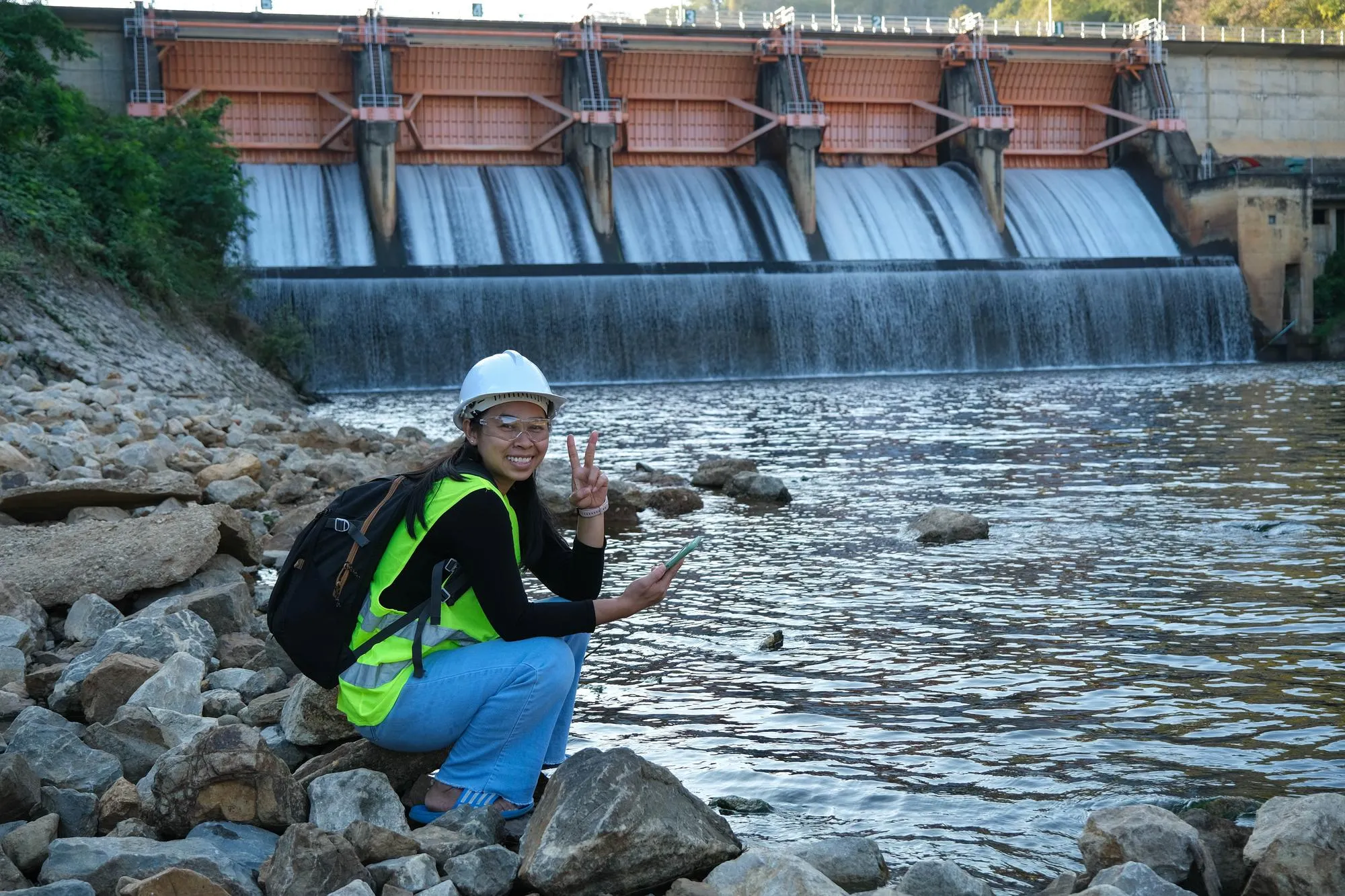Unveiling the Nexus Between Flora and Water Cycle
In a groundbreaking study, recently published in the Science of the Total Environment, researchers from Tsinghua University in Beijing have unveiled the significant hydrological impact of vegetation cover changes in China on terrestrial moisture recycling (TMR). The research, “Hydrological impacts of vegetation cover change in China through terrestrial moisture recycling,” represents a comprehensive investigation into the moisture recycling and transfer patterns across the diverse eco-geographical regions of China. Furthermore, it deeply analyzes how various land cover types and transitions within these regions impact TMR – a nexus that links the hydrosphere, atmosphere, biosphere, and anthroposphere.
Breaking New Ground in Terrestrial Moisture Recycling
Terrestrial moisture recycling is a continuous process that involves the flow of ‘green water’ (terrestrial evaporation), atmospheric transport, and subsequent rainfall. This process is crucial as it connects water resources on and below the Earth’s surface with the atmosphere and biological life. The concept of green water, as opposed to blue water, which refers to water present in rivers, lakes, and aquifers, is central to this study as it encapsulates the water stored in soil and vegetation, which can then evaporate back into the atmosphere.
The team, led by Xie Di, conducted a meticulous atmospheric moisture tracking model to quantify the specific patterns of TMR in China. Their research has revealed that vegetative cover plays a critical role in regulating moisture recycling. Their significant findings highlight that nearly 52.4% of the region’s moisture is recycled and that vegetation changes can adjust this value, impacting a staggering volume of approximately 1.9 trillion cubic meters of atmospheric moisture.
Vegetation Cover Change: An Environmental Catalyst
The transition of ecosystems due to natural and anthropogenic causes such as deforestation, urbanization, and agricultural expansion, has a profound effect on the process of moisture recycling. As authors Zhang Yu, Zhang Mingxi, and Tian Yinglin suggest, shifts in land cover not only influence local precipitation patterns but can also affect regions remotely connected by atmospheric moisture transport pathways.
The Drive for Sustainable Water Resources Management
This exhaustive study adds a new dimension to water resources management by incorporating the TMR concept. The insights gathered by Yuan Cao, Yuantao Mei, Shutong Liu, and their colleagues have serious implications for policy-makers, who must consider the distant hydrological repercussions of local land management decisions. The intricate link between land cover transitions and water cycles necessitates a holistic approach to sustainability, as emphasized by the researchers.
Balancing Ecological Integrity and Development
The implications of this research shed light on the necessity of balancing development and ecological preservation. Vegetation cover directly affects both the quantity and the spatial distribution of rainfall, key factors which govern the availability of water resources and, consequently, human livelihoods. By understanding the role of vegetation in moisture recycling, authorities can make more informed decisions regarding land use that can foster environmental stability while supporting economic growth.
Global Influence and Sustainable Practices
Deyu Zhong, affiliated with both Tsinghua University and the Joint-Sponsored State Key Laboratory of Plateau Ecology and Agriculture at Qinghai University, highlights that the findings resonate beyond the borders of China, urging a global consideration of vegetative impact on hydrological cycles. The authors propose that similar studies can offer valuable insights for other countries experiencing hydrological issues connected to vegetation cover change.
Moving Forward with No Conflicts of Interest
It’s important to note that the authors declared they have no known competing financial interests or personal relationships that could have appeared to influence the work reported in this paper. Their research, supported by numerous funders and innovative methodologies, represents pure scientific inquiry aimed at understanding and resolving one of the pressing environmental challenges of our time.
Conclusion and Future Outlook
This extensive research, recognized by its Digital Object Identifier (DOI) as 10.1016/j.scitotenv.2024.170015, sets the stage for future studies to further understand the interactions between land cover change and moisture recycling. It triggers a multidisciplinary conversation about how to manage Earth’s precious water resources under changing ecological conditions responsibly.
Keywords
1. Vegetation and moisture recycling
2. Terrestrial moisture recycling study
3. Impact of land cover change
4. Green water flow research
5. Water resources management China
References
1. Xie, D., Zhang, Y., Zhang, M., Tian, Y., Cao, Y., Mei, Y., Liu, S., & Zhong, D. (2024). Hydrological impacts of vegetation cover change in China through terrestrial moisture recycling. Sci Total Environ. doi:10.1016/j.scitotenv.2024.170015
2. Keys, P.W., Wang-Erlandsson, L., & Gordon, L.J. (2016). Revealing Invisible Water: Moisture Recycling as an Ecosystem Service. PloS one, 11(3), e0151993. https://doi.org/10.1371/journal.pone.0151993
3. Ellison, D., Futter, M. N., & Bishop, K. (2012). On the forest cover–water yield debate: From demand- to supply-side thinking. Global Change Biology, 18(3), 806-820. https://doi.org/10.1111/j.1365-2486.2011.02589.x
4. Wei, Y., & Dirmeyer, P. A. (2010). Toward understanding the large-scale land-atmosphere coupling: A modelling approach. Journal of Geophysical Research: Atmospheres, 115(D17113). https://doi.org/10.1029/2009JD013330
5. Jasechko, S., Sharp, Z. D., Gibson, J. J., Birks, S. J., Yi, Y., & Fawcett, P. J. (2013). Terrestrial water fluxes dominated by transpiration. Nature, 496(7445), 347-350. https://doi.org/10.1038/nature11983
